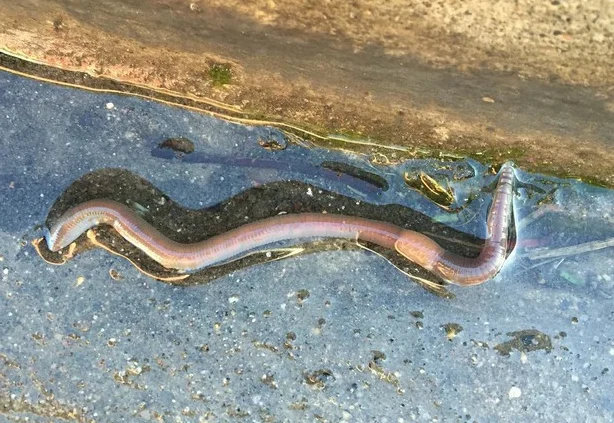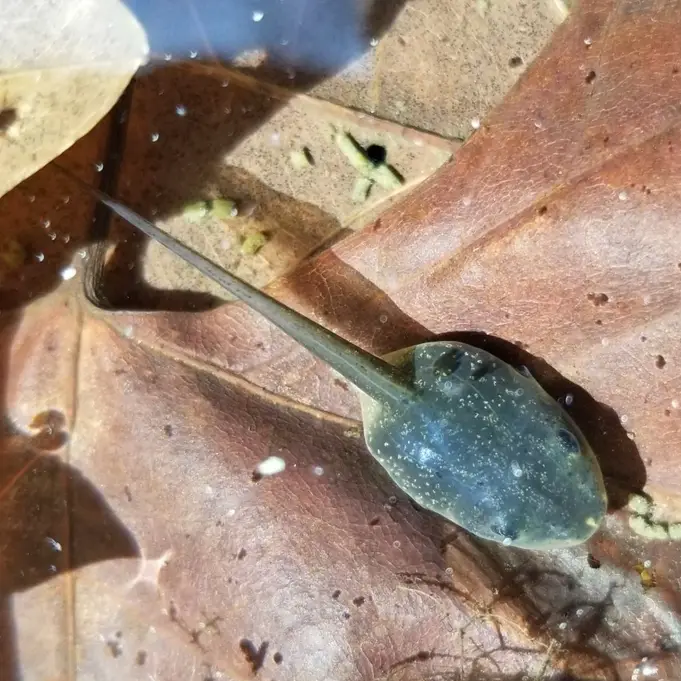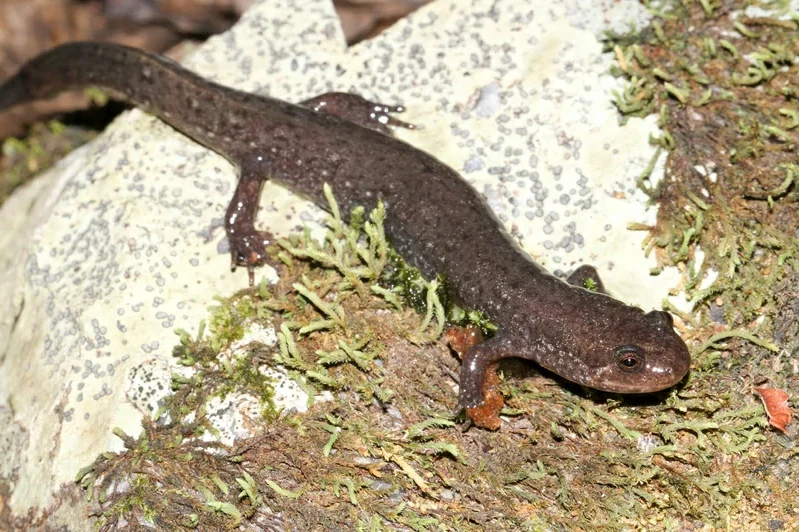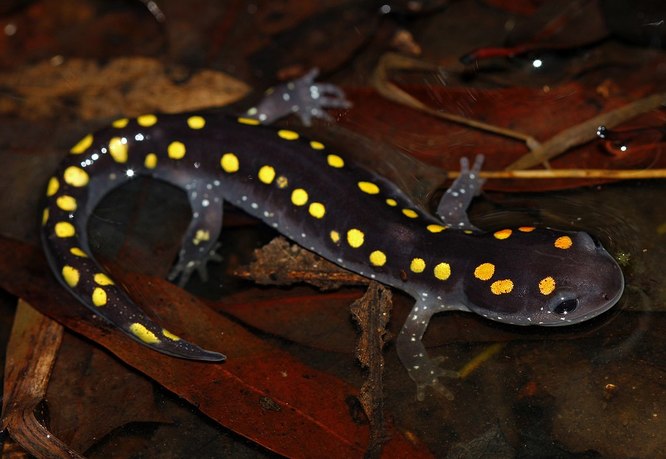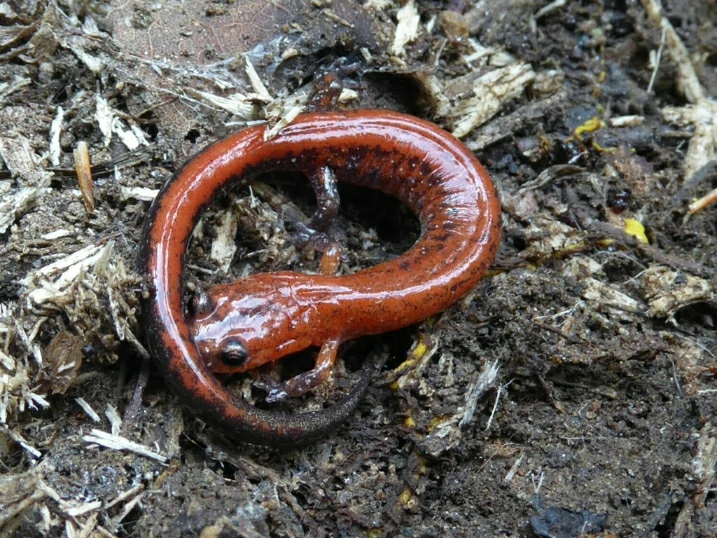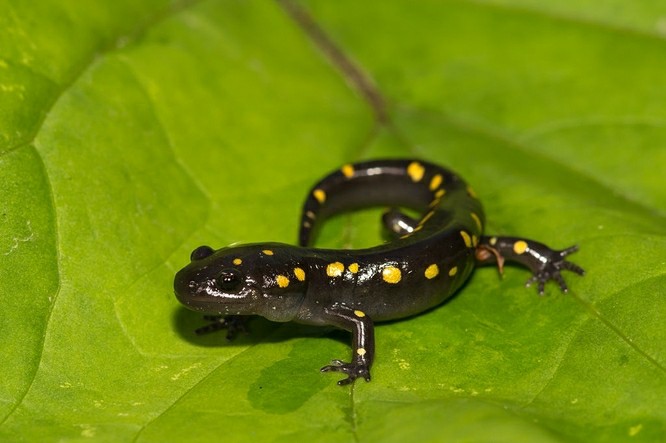Do Salamanders Have Amniotic Eggs?
Salamanders are quiet creatures that live in damp forests, under logs, or near streams. If you’ve ever watched one closely or raised one in captivity, you may have wondered how they reproduce. What kind of eggs do they lay? No, salamanders do not have amniotic eggs. Their eggs are soft, jelly-like, and need water or … Read more



